Safety Tips for Residential Painting
A fresh coat of paint is an easy way to freshen up a home’s exterior or interior. However, painting also comes with various risks, including possible falls from an elevated platform, exposure to electricity, proximity to combustible materials among others.

Plus, if inhaled, paints can cause respiratory tract and digestive system illnesses as well as skin irritation. Headaches, dizziness, nausea, and blood, liver, and kidney diseases have also been reported after painters were exposed to large quantities of certain paint chemicals.
When painting, it is therefore very important to do safety measures to protect both yourself and your family.
1. Select Safe Painting Products
A wide variety of elements are used in paints. It is your duty to find out which paints contain which chemicals and thereafter select the safest products.

Start by reading and following the safety recommendations mentioned on the product label.
If a product is unlabelled, avoid it.
Additionally, ask for a Materials Safety Data Sheet (MSDS) for each paint product from the manufacture or paint supplier.
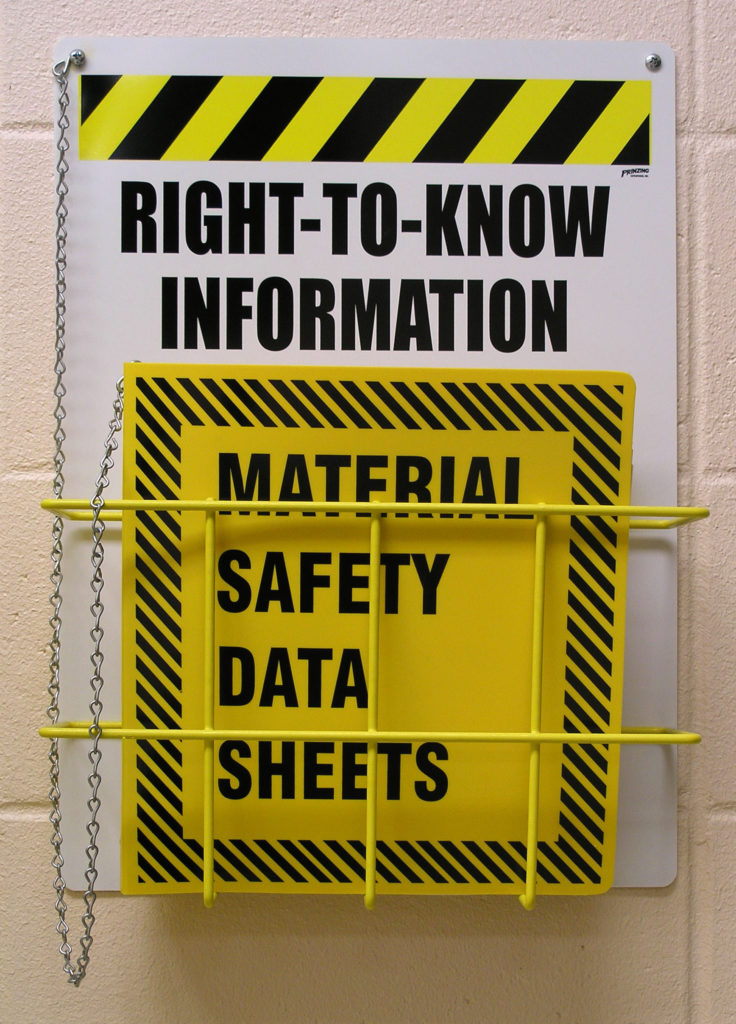
MSDSs outline the possible hazards of a product while detailing how to handle the product, precautions that should be taken, storage guidelines, and emergency procedures.
2. Safety when working with solvents
A solvent is any liquid used to dissolve another substance. In painting, solvents are mostly used to dissolve powder paints. Most solvent vapours are flammable and explosive. This too can pose a health hazard if the solvent comes into contact with the skin or if its vapours are inhaled.
The most common health hazard associated with solvents is dermatitis, particularly contact dermatitis.
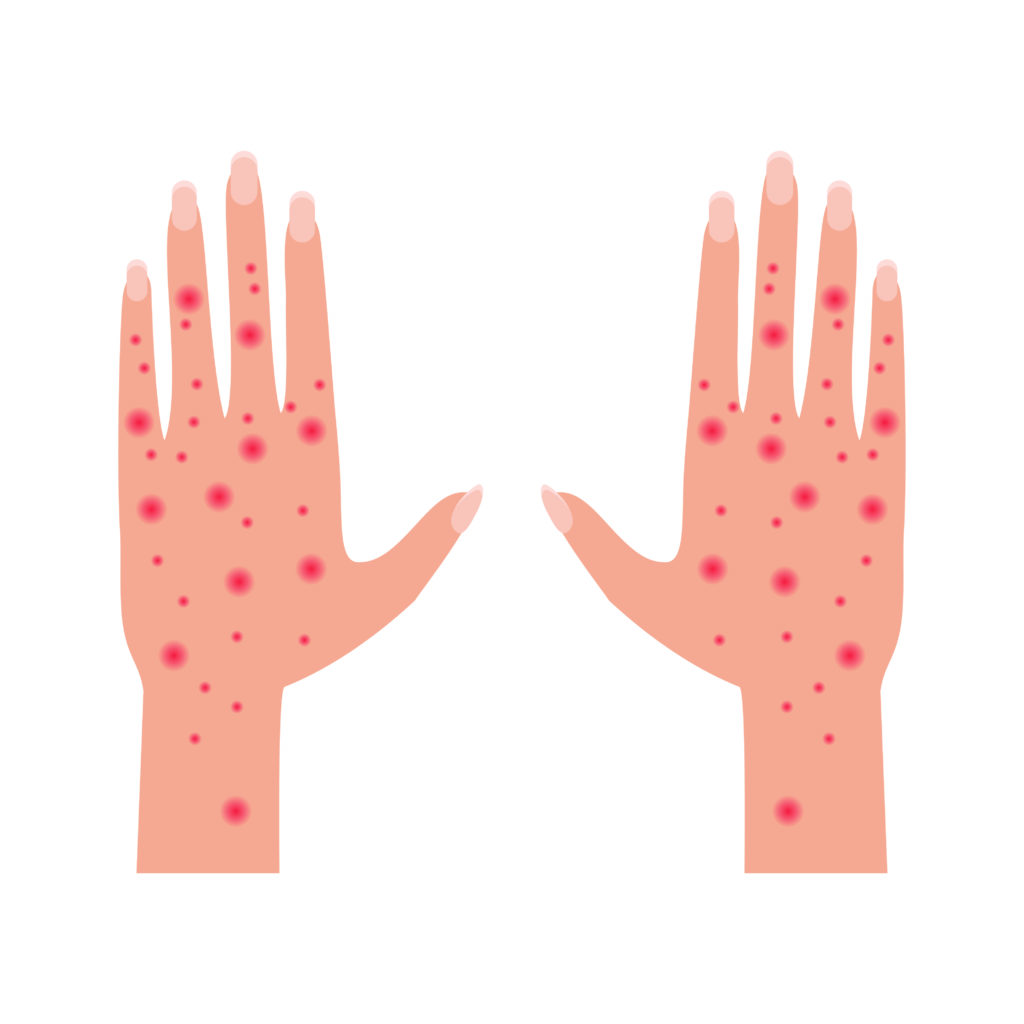
Contact dermatitis causes the hands to become red, sore and itchy, with scales and blisters. If it gets worse, the skin can crack and bleed and the condition might spread to the rest of the body.
To protect yourself, know the substances you’re working with, read product labels and the MSDS, and ensure that the workplace is properly ventilated.
Additionally, use recommended gloves, boots, eye and face protection, and other protective clothing.
3. Working with lead-based paints
Lead is a hazardous substance which if inhaled or swallowed can cause serious health problems.
Although the element is no longer used in paints, if you’re painting a building that was built in the 1960s or earlier, you may come into contact with it.

There are three things you can do to avoid trouble. If the surface is in good condition, it is best to leave it undisturbed. This way, you don’t have to encounter the lead.
If the surface isn’t in good condition, do NOT scrape, sand, or disturb it. Instead, use a lead testing kit to find out if it has lead. The test kits are widely available from local stores and outlets.
To be absolutely sure, call in a professional detector to test the surface for presence of lead.
4. Spray Painting Safety
Spray painting is an effective way to protect beautiful portions of a building. It allows for coverage of large areas with even coats of primer, paint and sealer.
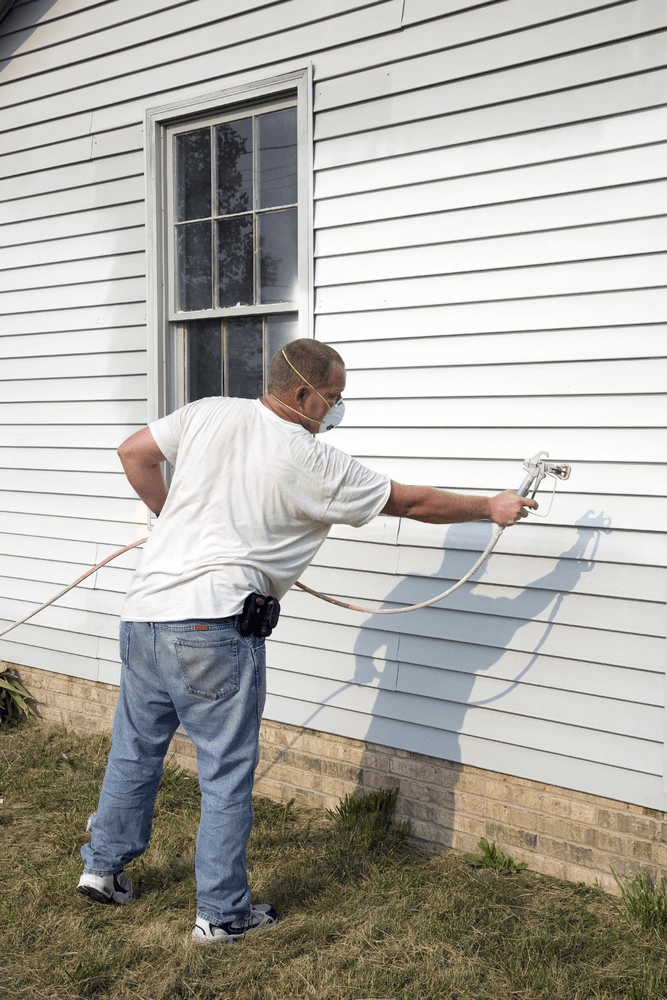
However, spray painters need to be wary of the many hazards associated with the technique.
First, spray paints, just like any type of paint, contain numerous hazardous chemicals that can enter the body through several channels.
Workers can inhale chemical vapours as they spray, the chemicals can be absorbed by the skin, or the painter may inject the chemicals into their skin if using high-pressure painting equipment.
To protect oneself, proper ventilation is critical. This is where a spray booth comes in handy. Also, properly maintain the spray, ensuring that the filters and overspray are clean.
Since spray paints can be flammable, any source of flame should be prohibited in the vicinity.
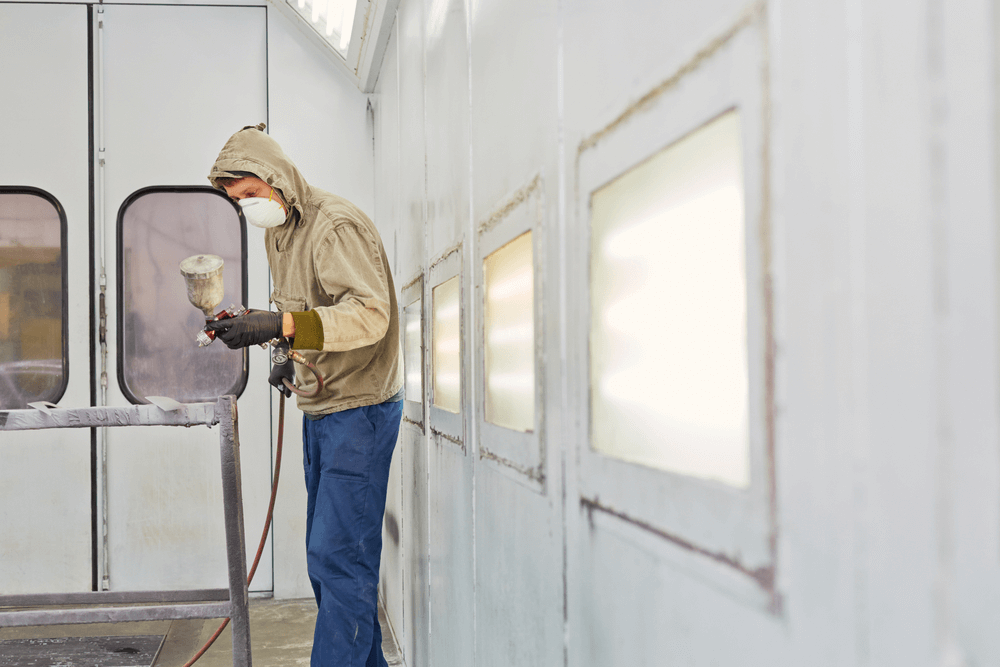
To protect yourself from noise, wear proper ear protection.
5. Ladder Safety
When painting raised areas, you’ll need a ladder. But this also exposes you various risks such as a fall. Moreover, in the time that you are falling, the ladder could hit someone else or break a valued item.

To avoid this, bring the right ladder for the job. It should be balanced and strong enough to support your weight.
Inspect it for cracks and splits before you climb. If it’s a metal or fibreglass ladder, check for bends and breaks. Never use a defective ladder.
When setting up the ladder, check to ensure that it sits firmly on the ground/floor. If one foot is lower than the other, build up the surface with a firm piece of material – not bricks or boxes. The ladder should lean on a solid surface. Never let a ladder lean on a glass surface.
Check the angle of incline to ensure that it’s safe. It is recommended to position the ladder about one foot away from the wall. Never position the ladder close to doors or open walkways.
The ladder steps should be cleaned of grease, mud, paint, or any other slippery material. Just before you climb, remove any slippery material from the sole of your shoes.
When climbing, face the ladder and use both hands to keep a firm grip on the rails. If you need to carry heavy items up the ladder, climb up first, and then pull up the item.
Additional Tips for Self Protection
6. Wear a Repirator
There are two types of respirators:
- Air-purifying and
- Atmosphere supplying type.
Pick the right type depending on the job at hand.
The air purifying type is only effective against the group of chemicals listed on the respirator cartridge. Besides, they are only good for a limited time. That’s why atmosphere-supplying respirators should be used in spray paint operations.
7. Eye Protection
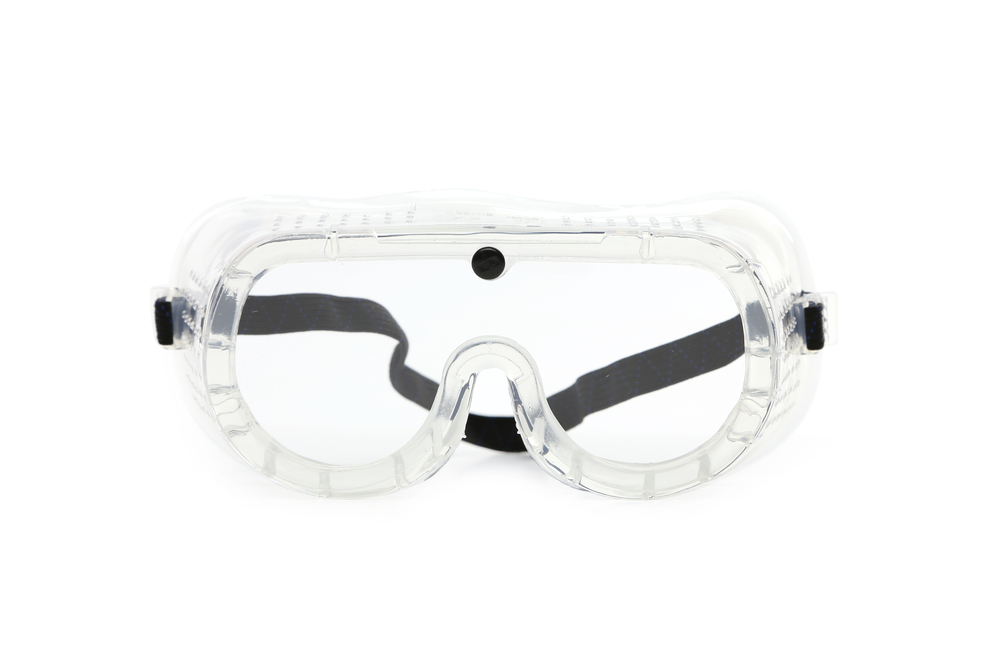
Without good eyesight, you cannot paint well. So, wear safety goggles to protect your eyes from the paint itself and particles that might be come off during grinding and sanding.
8. Dust Collection
When preparing the surface to be painted, sanding may be required. This would produce a lot of dust. Thus, you will need a dust collection system to prevent large amount of the dust from entering the air.
Conclusion
Whether it’s a DIY or a professional job, following these tips will help protect not only yourself but also the people working with you and, by extension, the occupants of the home.
